Polchinski - String Theory, Volume 1: An Introduction to the Bosonic String
Here you can read online Polchinski - String Theory, Volume 1: An Introduction to the Bosonic String full text of the book (entire story) in english for free. Download pdf and epub, get meaning, cover and reviews about this ebook. City: Cambridge, year: 2005, publisher: Cambridge University Press, genre: Children. Description of the work, (preface) as well as reviews are available. Best literature library LitArk.com created for fans of good reading and offers a wide selection of genres:
Romance novel
Science fiction
Adventure
Detective
Science
History
Home and family
Prose
Art
Politics
Computer
Non-fiction
Religion
Business
Children
Humor
Choose a favorite category and find really read worthwhile books. Enjoy immersion in the world of imagination, feel the emotions of the characters or learn something new for yourself, make an fascinating discovery.
- Book:String Theory, Volume 1: An Introduction to the Bosonic String
- Author:
- Publisher:Cambridge University Press
- Genre:
- Year:2005
- City:Cambridge
- Rating:5 / 5
- Favourites:Add to favourites
- Your mark:
String Theory, Volume 1: An Introduction to the Bosonic String: summary, description and annotation
We offer to read an annotation, description, summary or preface (depends on what the author of the book "String Theory, Volume 1: An Introduction to the Bosonic String" wrote himself). If you haven't found the necessary information about the book — write in the comments, we will try to find it.
Polchinski: author's other books
Who wrote String Theory, Volume 1: An Introduction to the Bosonic String? Find out the surname, the name of the author of the book and a list of all author's works by series.

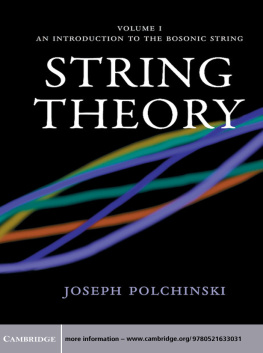

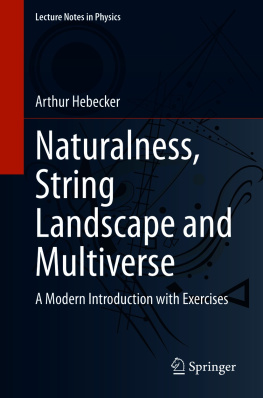
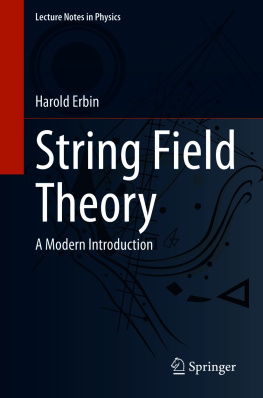

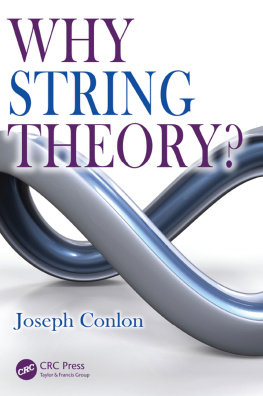

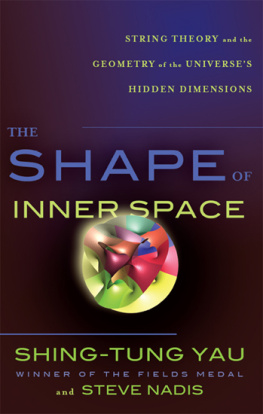
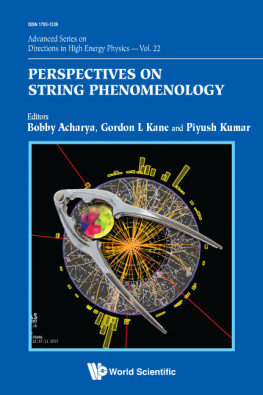
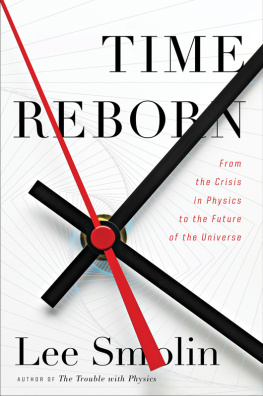
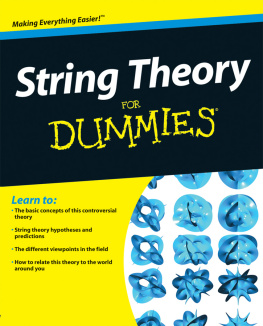
 , where
, where


 is an eigenstate of
is an eigenstate of  (t),
(t),

 qf, T \qi, 0
qf, T \qi, 0
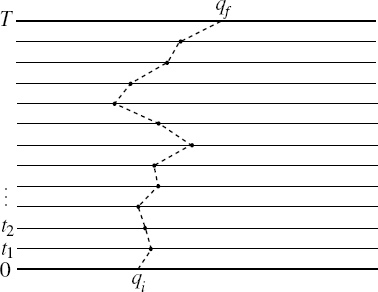



 with all
with all  to the left and all
to the left and all 
 becomes
becomes

 0 limit, so the integral runs over all paths p(t), q(t) with given q(T) and q(0). This is the Hamiltonian path integral (or functional integral), the sum over phase space paths weighted by exp(iS/
0 limit, so the integral runs over all paths p(t), q(t) with given q(T) and q(0). This is the Hamiltonian path integral (or functional integral), the sum over phase space paths weighted by exp(iS/ ) with S the action in Hamiltonian form.
) with S the action in Hamiltonian form.
 and recalling that L = p
and recalling that L = p
 , so that the stationary phase approximation is exact up to a normalization that can be absorbed in the measure [dq]. In fact, we can do this generally: because the relation is the Lagrangian path integral, the integral over all paths in configuration space weighted by exp(iS/
, so that the stationary phase approximation is exact up to a normalization that can be absorbed in the measure [dq]. In fact, we can do this generally: because the relation is the Lagrangian path integral, the integral over all paths in configuration space weighted by exp(iS/